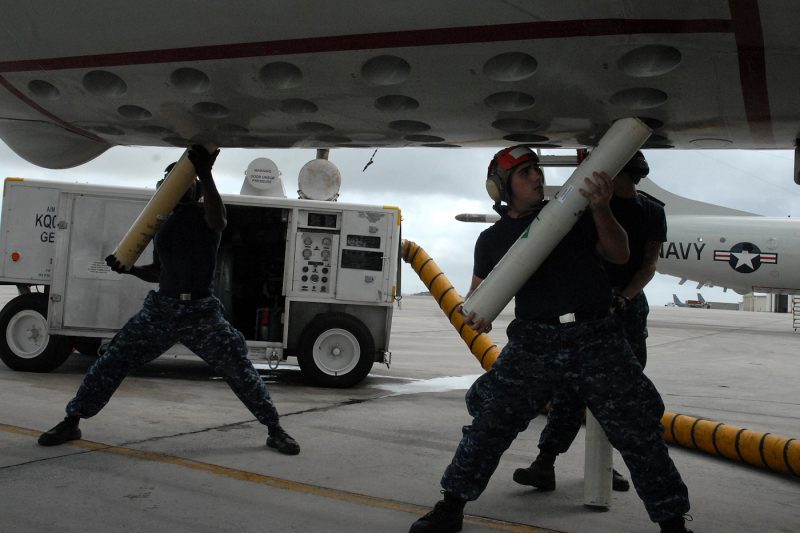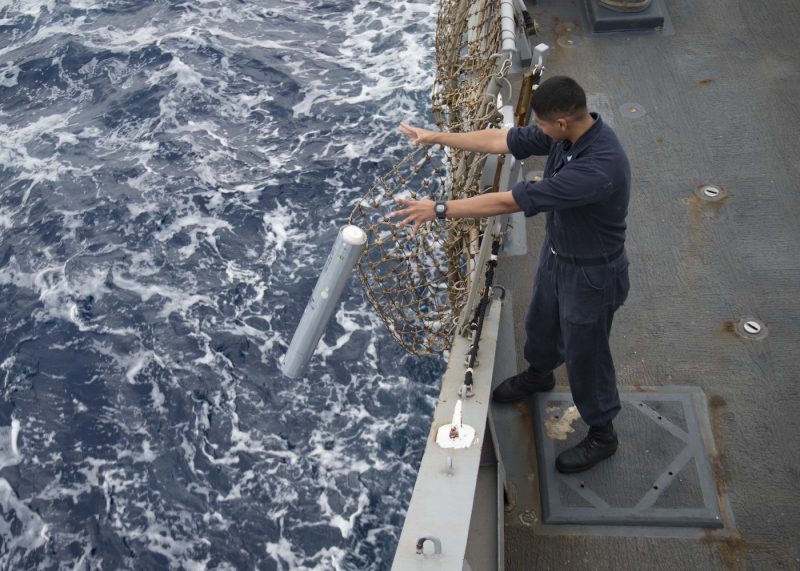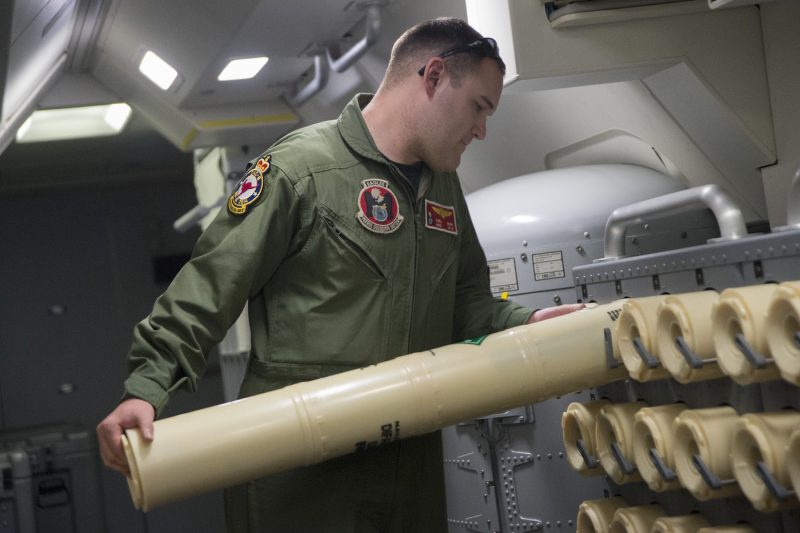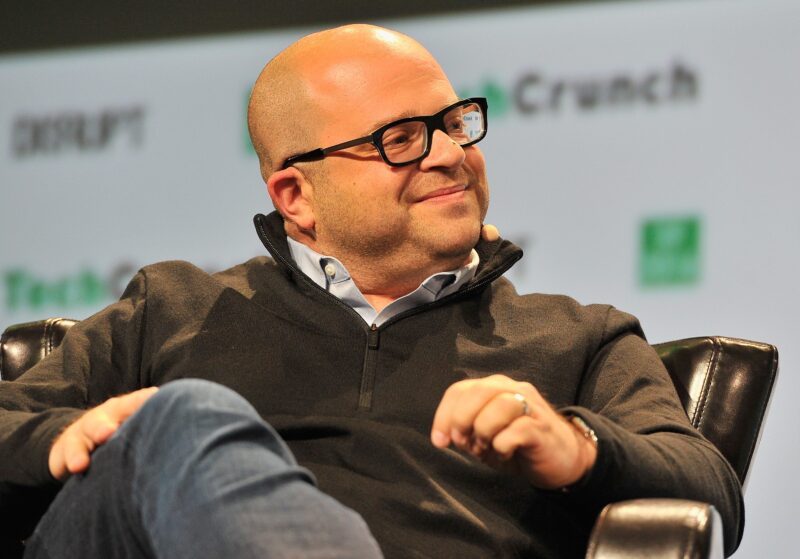- The US government has awarded a billion-dollar contract for the production of sonobuoys, which are used to hunt submarines.
- Demand for sonobuoys is only expected to grow, and the contract comes as the Pentagon seeks to shore up its supply.
- Visit Business Insider’s homepage for more stories.
ERAPSCO, a joint venture between US company Sparton Corp. and a subsidiary of British firm Ultra Electronics, was awarded a US defense contract worth $1.041 billion on July 18 to produce sonobuoys used in anti-submarine warfare.
“Sonobuoys are air-launched, expendable, electro-mechanical, anti-submarine warfare acoustic sensors designed to relay underwater sounds associated with ships and submarines,” the Pentagon said in the contract listing.
The $1,041,042,690 award was for the manufacture and delivery of a maximum of 37,500 AN/SSQ-36B, 685,000 AN/SSQ-53G, 120,000 AN/SSQ-62F, and 90,000 AN/SSQ-101B sonobuoys for fiscal years 2019-2023.

The AN/SSQ series of sonobuoys are the principal sensors used by the US Navy to detect, classify, and localize adversary subs during peacetime and combat operations.
Active sonobuoys send pings through the water to bounce off potential targets. Passive sonobuoys just listen for subs or other vessels. There are also special-purpose sonobuoys that collect other data for radar and intelligence analysts.
Sonobuoys are limited by their battery life, and, if tracking a moving target, can become useless soon after being dropped. They're mainly launched from MH-60 Sea Hawk helicopters and P-8A Poseidon maritime patrol aircraft, and when hunting without a target in its sights, the P-8A can expend its full supply in one mission.
More subs means more buoys

Increasing submarine activity around the world has led to more interest in anti-submarine warfare, especially among the US and its partners, which are concerned about Russian and Chinese submarines.
A 2015 study predicted global demand for sonobuoys would grow by 40% through 2020, with most of the interest in passive sonobuoys.
In a July 2018 funding request, the Pentagon asked Congress to reprogram $20 million to buy more air-dropped sonobuoys, saying that "unexpected high anti-submarine warfare operational tempo in 2017 ... resulted in unexpected high expenditure rate of all type/model/series."
The Navy's sonobuoy budget has grown from $174 million in 2018 to $216 million in 2019 to $264 million in the 2020 budget, which asked for 204,000 of the devices. But there is concern about the Navy's ability to buy more in the future.
The Pentagon believes it may no longer have a reliable supplier without government investment in the sonobuoy market, officials told Defense News in March.

Right now, the Pentagon has just one supplier: ERAPSCO, a joint venture between the Illinois-based Sparton Corp. and the UK firm Ultra Electronics. But ERAPSCO will dissolve by 2024, and there's no assurance either company can make the investments needed to produce them independently.
The US is not the only buyer, but it is one of the largest, and the loss of US domestic production could lead to sonobuoy shortages around the world.
In March, President Donald Trump signed a memo declaring that "domestic production capability for AN/SSQ series sonobuoys is essential to the national defense" and authorizing the Defense Department to pursue increased production.
Without action under the Defense Production Act, the memo said, "United States industry cannot reasonably be expected to provide the production capability for AN/SSQ series sonobuoys adequately and in a timely manner."
Trump, the Pentagon, and the Navy believe money from the Defense Production Act and industry investment "to be the most cost-effective, expedient, and practical approach to meet critical AN/SSQ-series sonobuoy capability requirements," a Defense Department spokesman told Defense News earlier this year.
(Reporting for Reuters by David Alexander; editing by Eric Beech)










